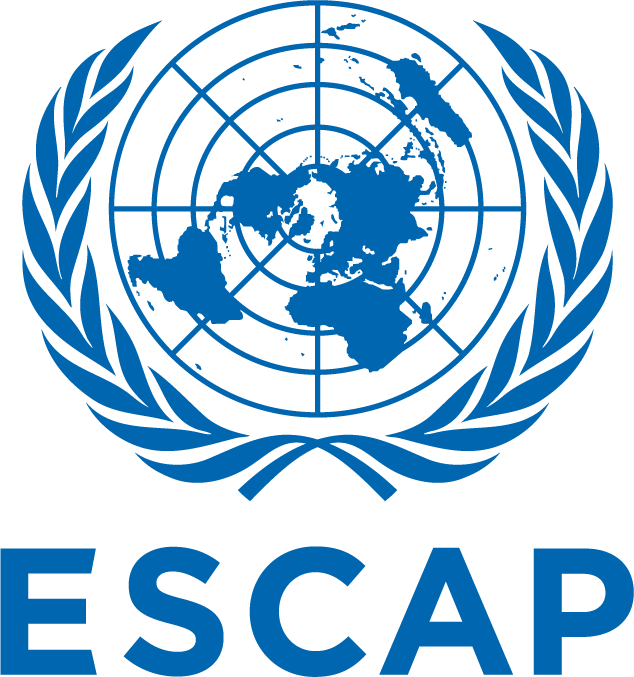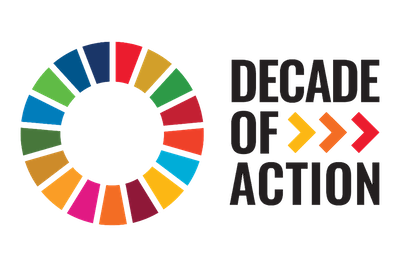South-East Asia has long endured severe droughts, which occur on average every five years. The prolonged 2015 and 2018 droughts were the worst on record for two decades. They simultaneously affected more than 70 per cent of the land area, with over 325 million people exposed. No ASEAN member States was spared from the devastating impacts including the disruption to livelihoods and food security, as well as forest fires and haze.
Science Technology and Innovation (STI) has been at the forefront of the fight against the COVID-19 pandemic. From enhancing our understanding of virus transmission pathways and the complexity of pandemic risks to managing critical supplies and developing digital platforms for health, STI based solutions can transform short-term crisis management and long-term resilience-building through smart preparedness, economic restructuring, productive diversification, and the delivery of social protection.
In recent weeks, India’s second COVID-19 wave has been devastating, reaching world records for the total numbers of cases and deaths and overwhelming the healthcare system. On 8 May, India, for the first time, registered more than 4,000 deaths and over 400,000 new infections in just one day. The most striking aspect of the second wave is the astronomical speed with which it grew, with daily caseloads rising from about 12,000 in mid-March to 412,000 in the first week of May.
On 7 February 2021, the Nanda Devi glacier broke off in the Indian state of Uttarakhand, in the outer western Himalayas. At least 61 people were killed and around 143 are still missing. This disaster is not unique. In June 2013, the adjoining town of Kedarnath witnessed a cascade of devastating floods and landslides that killed more than 5,700 people and caused large-scale destruction of bridges and roads, which left about 300,000 pilgrims and tourists trapped in the valleys for many days.
In 2020, Asia-Pacific saw the collision of climate extremes and COVID-19 transmission create cascading disasters with wide-ranging impacts on sectors, economies, and populations.
The year presented a new landscape of cascading risks.
From risks to uncertainties: more complex scenarios
An introduction to ESCAP’s approach to impact-based forecasting, combining information on hazards, exposure and vulnerability to identify potential impacts and support decision-making.


